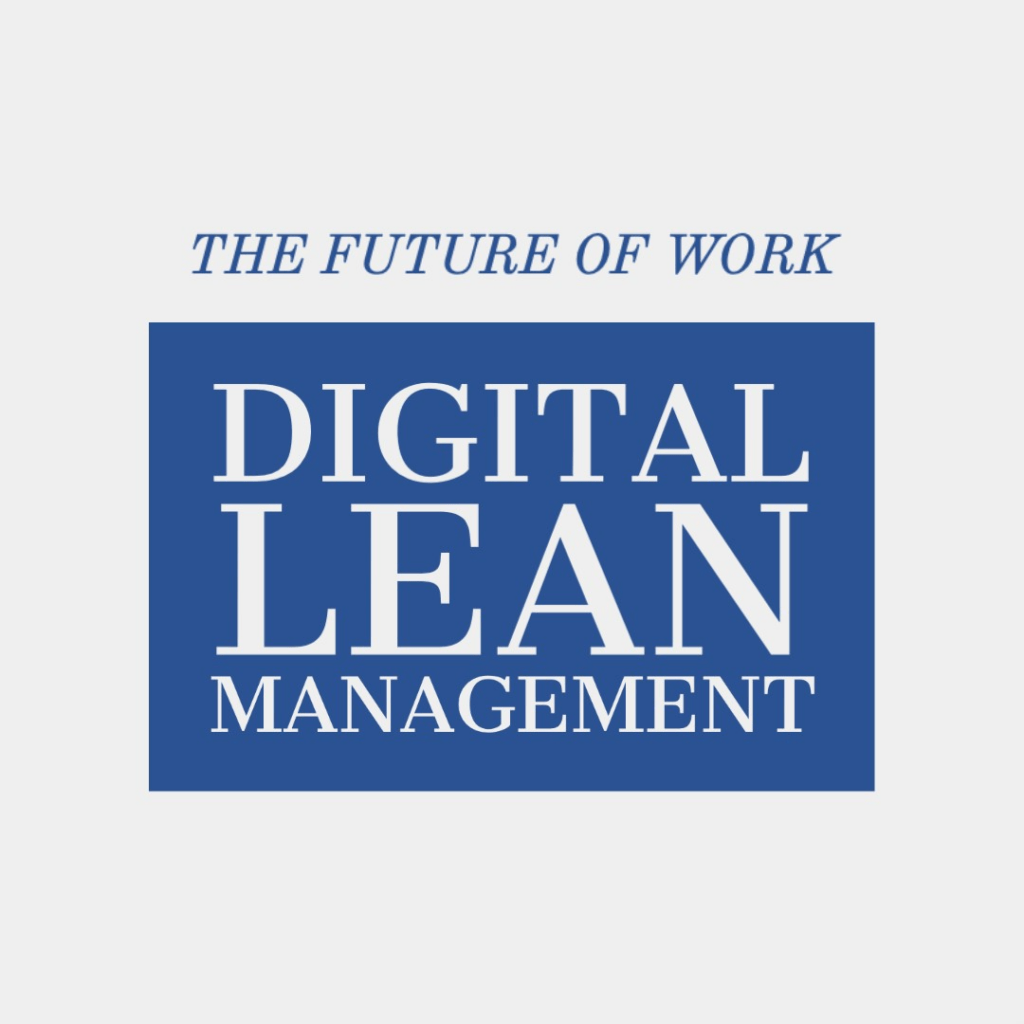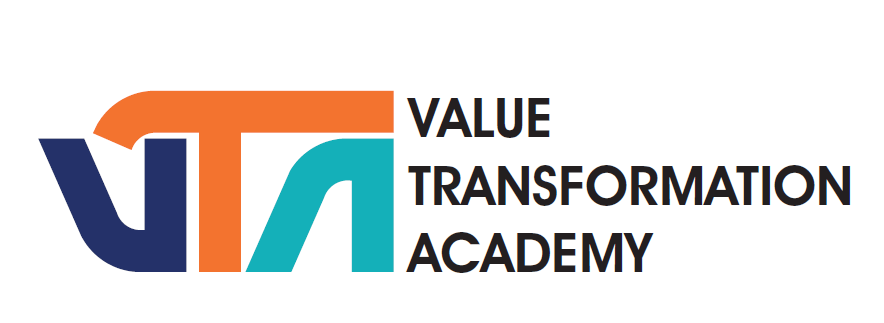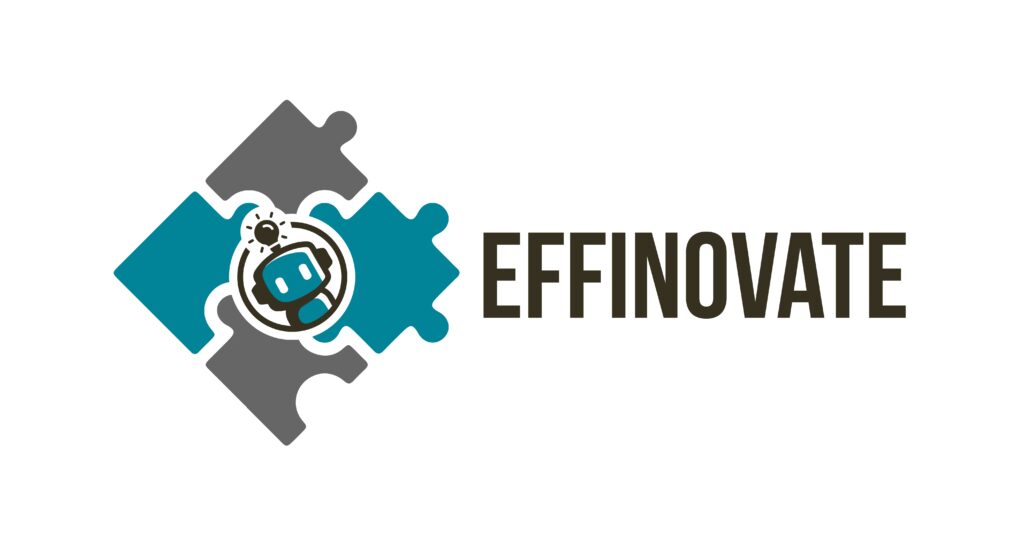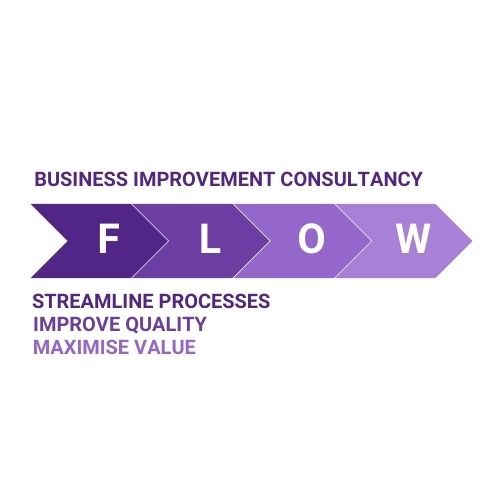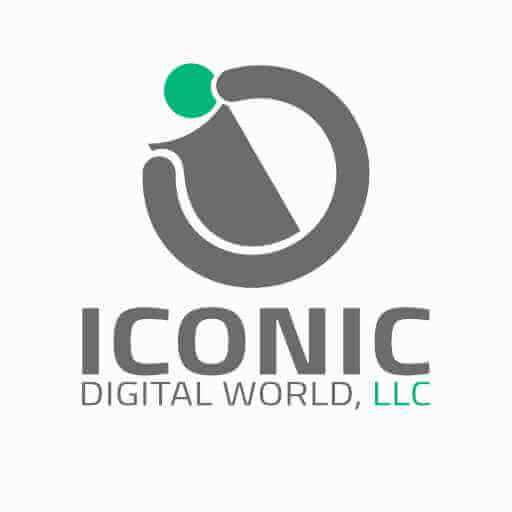The Lean Approach in Healthcare
Although the Lean approach was primarily created to improve the quality and productivity of automotive manufacturers, it has now been adopted with into various industries with great success in Information Technology (IT), Finance and banking, retail, government, and Aerospace & Defense.
Interestingly, healthcare industry have found that the technique may be useful to cut costs and increase the quality of service, patient safety, and satisfaction at the same time.
What Does Lean Mean in Healthcare?
While Lean started its journey in automotive factories aiming to enhance productivity and quality, its tentacles soon spread across different sectors including software development, government, retail, and many service settings.
For healthcare, Lean is a game-changer. It promises not just to trim costs but simultaneously uplift the quality of care, safety, and patient satisfaction. But what exactly is it?
Lean healthcare is fundamentally about streamlining processes, such as patient visits. It identifies value-adding steps, non-value-adding steps (i.e., “waste”), and scopes for improvements. Who’s best suited to identify these? The people on the front lines – physicians, nurses, and other staff.
What is Lean Six Sigma in Healthcare?
Lean Six Sigma combines the power of Lean’s waste reduction methods with Six Sigma’s focus on improving processes.
The combination of these methodologies in healthcare means a relentless pursuit of eliminating defects and variability, ensuring processes are efficient and consistently produce excellent results.
What Are the 5 Lean Principles of Healthcare?
The heart of Lean in healthcare revolves around five central principles:
- Continuous Improvement – It’s all about fostering a culture where the bar is always being raised, ensuring better value with each iteration.
- Value-creation – It’s not just about the services we offer but more about understanding and aligning with what a patient seeks concerning their health goals.
- Unity of Purpose – Lean galvanizes teams, uniting them around shared goals and outcomes.
- Respect for People – Those on the frontline are the agents of change. Empowering them and working collaboratively is the cornerstone of Lean.
- Visual Management – Effective visual tools help spotlight problems, facilitate data access, and promote communication about concerns and opportunities.
Lean in Healthcare Examples
One of the brilliant feats of Lean is its efficacy in eradicating waste in care delivery. Think of “waste” as those aspects of healthcare that don’t add value. Lean in healthcare: a comprehensive review lists seven wastes: Defects, Waiting, Transportation, Overproduction, Over-processing, Inventory, and Human Potential.
Let’s have a look at the eight wastes of Lean in healthcare:
- Defects
The waste of flaws comprises the time spent manufacturing a defect, reworking these defects, and inspecting these defects. These includes:
- Misdiagnosis
- Administration of improper drugs
- Hospital-acquired illnesses and other harm
- Incorrect ICD codes entered
- Waiting
Waiting in healthcare is a concern for both patients and doctors.
- Patients in waiting rooms (or exam rooms)
- Patients and doctors at the emergency room awaiting test results
- Patients at the emergency department awaiting hospital admission
- Transportation
The waste of transportation happens when products (or patients) are moved around inefficiently.
- Overproduction
Overproduction is tough to recognize in healthcare, but it occurs when providers perform more than is needed by the client at this moment. It includes:
- Unnecessary diagnostic testing
- Ordering meds that the patient doesn’t need
- Uneaten meals
- Over-processing
Over-processing implies doing more work, making it more difficult or more expensive than is necessary. It takes the form of:
- Ordering complex diagnostic images (MRI) when a simpler procedure would suffice (X-ray or physical therapy)
- Surgical intervention instead of an equally effective medicinal alternative
- Treatment by specialists that primary healthcare workers could do
- Inventory
Healthcare organizations attempt to limit inventory to save costs connected to storage, transit, spoiling, and wastage.
- Medication that may expire
- Overstocked consumables
- Excess bedside equipment
- Human Potential
Failing to exploit people’s talent or human potential is also a waste in the healthcare industry. Examples include:
- Not listening to employees
- Pressuring workers to hide and cover up problems
- workers consistently working below their level of competence
Lean Quality Improvement in Healthcare
Lean offers a roadmap for quality improvement. Root cause problem-solving, for instance, encourages workers to dig deep, identify core issues, and optimize processes.
Are you intrigued and keen on diving deeper into Lean in healthcare? Check out the Lean in healthcare pdf, or even better, consider gaining expertise through the Certified Lean Healthcare Practitioner certification. It’s time to embrace the future of healthcare, and Lean is undoubtedly an integral part of it.




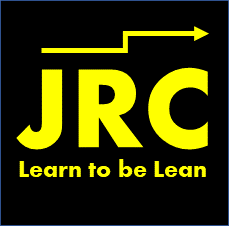
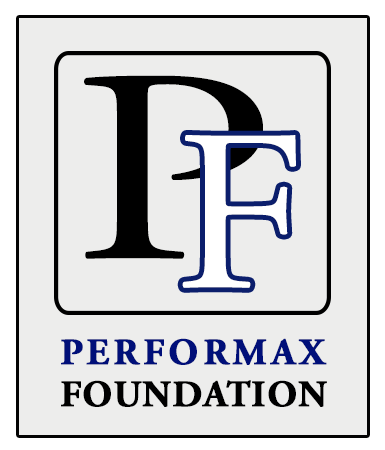









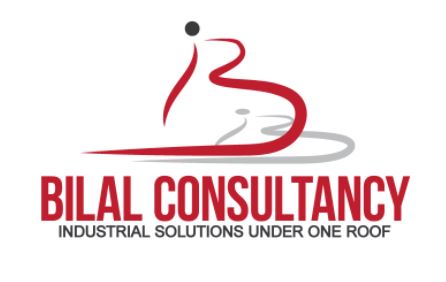
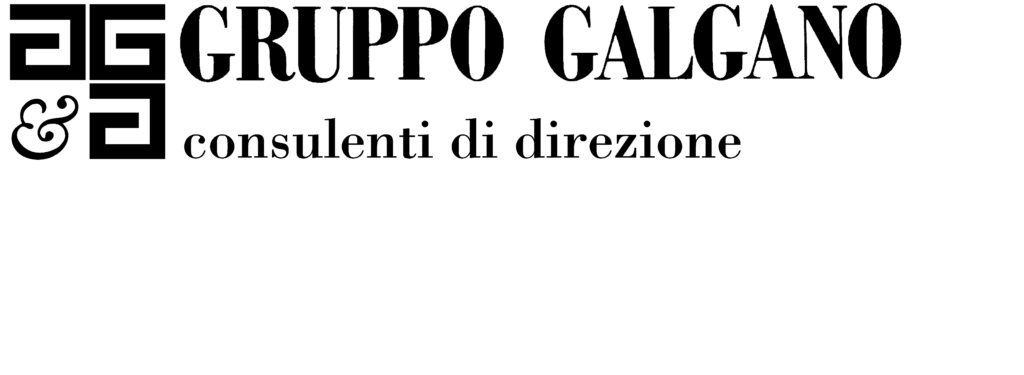



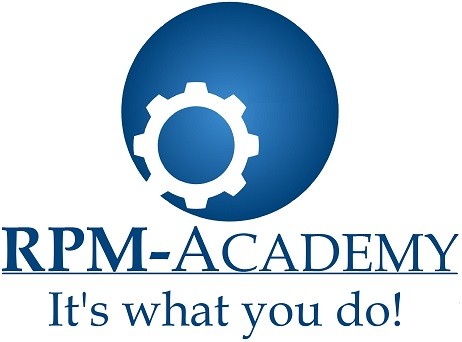






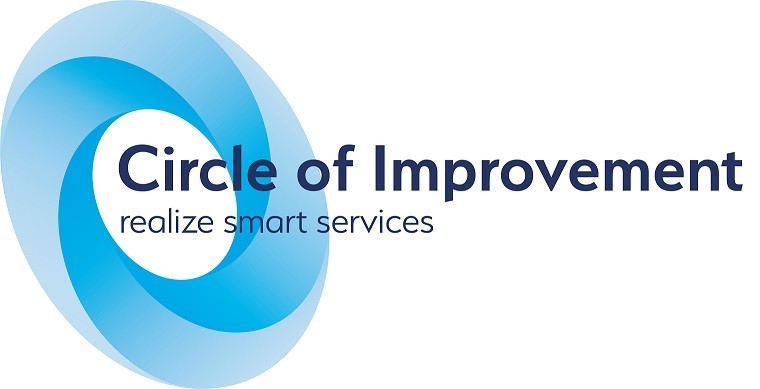



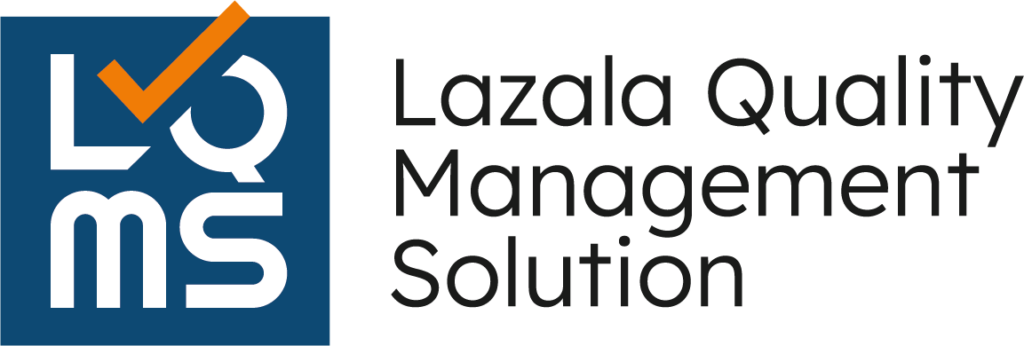







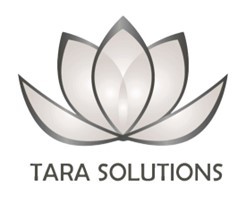
![UCOURSE.ORG [UCOURSE Academy] was established in Hong Kong in 2019 (company name: UCOURSE LTD), dedicated to providing high-quality online courses and courses for Chinese people in China, Hong Kong, and even all over the world. UCOURSE.ORG 【优思学院】于2019年成立于香港(公司名称:优思学院有限公司 / UCOURSE LTD),致力于为中国、香港、以至身处于全球各地的中国人提供优质的线上课程和考试认证,促进全国的人材培育、个人的职业发展,让学员在事业上事半功倍,同时助力国家的未来的急促发展。](https://ilssi.org/wp-content/uploads/2021/02/ucourse-logo-250.png)

